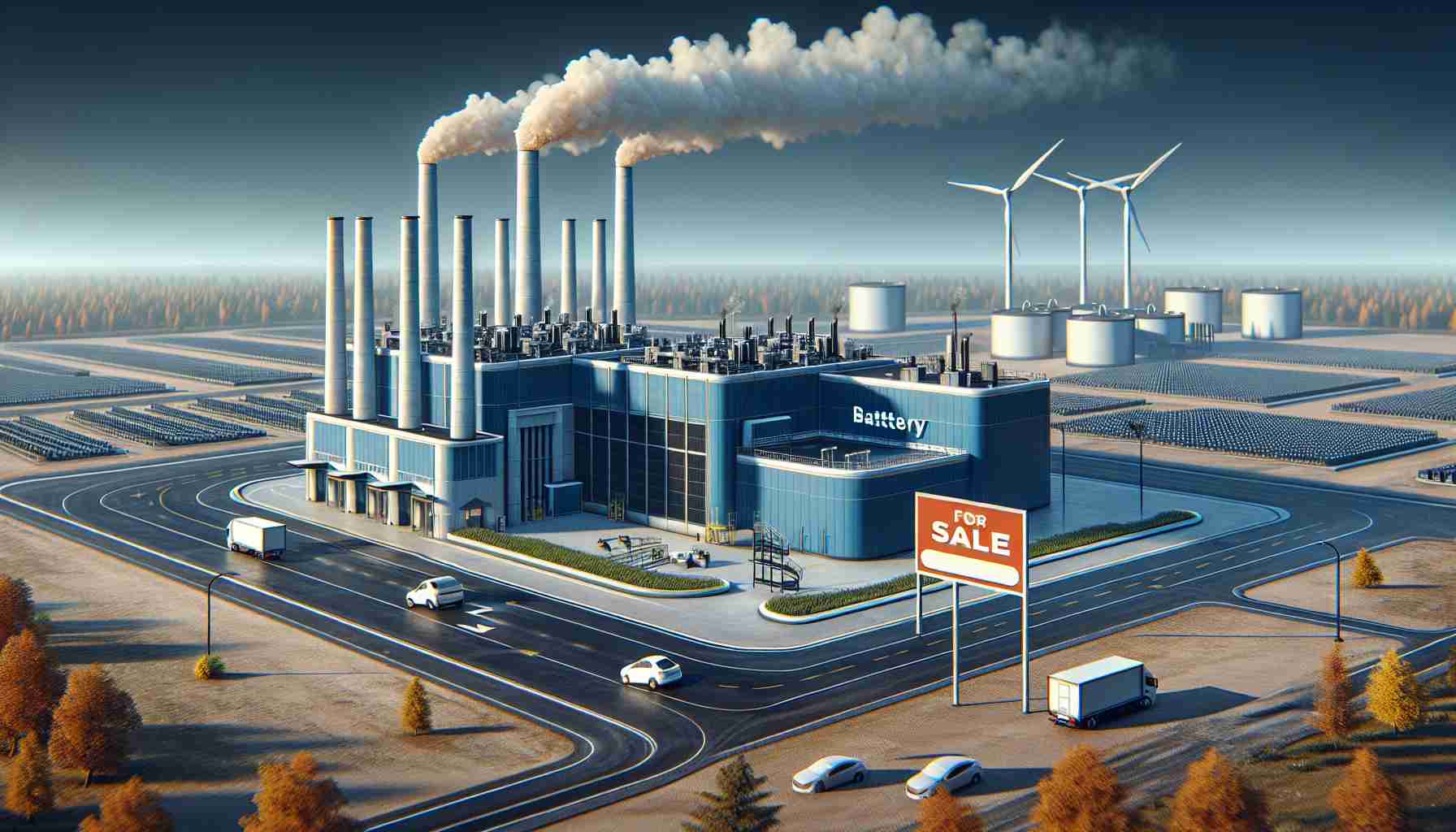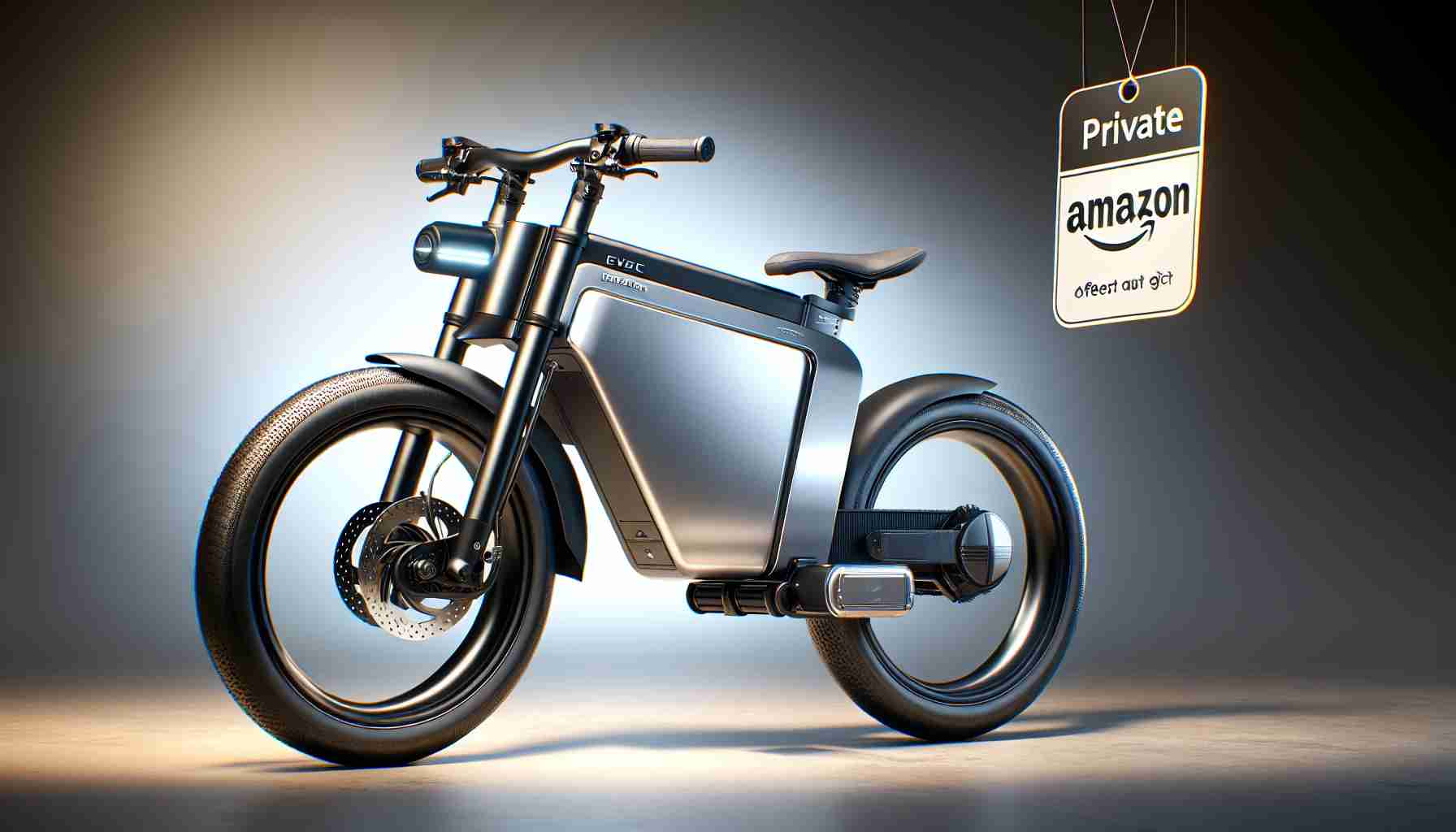- GM has sold its stake in the Ultium Cells battery plant in Lansing, Michigan, to LG Energy Solutions, focusing on cost reduction and operational efficiency.
- The plant, originally projected to create 1,700 jobs, currently employs about 100 workers, raising concerns about future job security.
- GM and LG are advancing prismatic battery cells to improve EV energy efficiency and reduce manufacturing costs, potentially making EVs more affordable.
- The UAW is actively working to support and find new employment opportunities for displaced workers as the industry evolves.
- The EV market faces uncertainties, including the potential removal of tax credits, affecting automaker strategies.
- GM’s strategic decisions will significantly influence the future of EV production and the automotive industry’s landscape.
General Motors is making headlines with its daring decision to sell its stake in the expansive Ultium Cells battery plant located in Lansing, Michigan, to its partner, LG Energy Solutions from South Korea. This move, following a hefty $1 billion investment, signals a strategic recalibration aimed at streamlining operations and reducing costs. The facility, still in its formative stages, sprawls over 2.8 million square feet and employs about 100 workers, although it was initially expected to generate 1,700 jobs.
In a notable development, GM and LG are pioneering prismatic battery cells, a technology that promises to revolutionize the electric vehicle (EV) sector by boosting energy efficiency and slashing production expenses. These advanced cells could make EVs more affordable and enhance their performance and safety through better energy density and thermal management.
However, this strategic shift leaves the future uncertain for Lansing’s workforce amidst a climate of fluctuating job security. The United Auto Workers (UAW) has recognized the challenges posed by these industry transformations. The UAW is proactively organizing to support displaced workers, promoting initiatives that could provide new employment paths and boost union membership.
Amidst these changes, the EV market faces additional challenges with looming policy uncertainties, such as the possible removal of EV tax credits. As these dynamics unfold, GM and other automakers find themselves at a crossroads, needing to deftly balance innovation with sustainable growth and workforce stability.
Stay tuned as we watch how GM’s strategic choices will shape the future of EV production and the wider automotive landscape. Will this bold move redefine the rules of the game, or will it lead to unforeseen hurdles in the race for innovation?
How GM’s Bold Ultium Cells Move Could Reshape the Future of Electric Vehicles
1. What are the potential benefits and challenges of GM’s decision to sell its stake in Ultium Cells to LG Energy Solutions?
Benefits:
GM’s decision to sell its stake to LG Energy Solutions may allow for a more focused strategy in scaling up production capacity and lowering costs. LG Energy Solutions, known for its expertise in battery technology, could accelerate innovation and make prismatic battery cells a mainstream technology, which might reduce production expenses and increase the energy efficiency of electric vehicles. Moreover, this partnership could lead to price reductions in EVs, making them more accessible to a broader audience.
Challenges:
However, this move raises uncertainties for the Lansing workforce and the broader industry. Job security may be at risk as the plant restructures, which could lead to unemployment and economic disruptions. Furthermore, complexities in aligning strategic interests between two large corporates could pose operational and logistical challenges.
2. How will the introduction of prismatic battery cells affect the EV market?
Enhanced Energy Efficiency and Safety:
Prismatic battery cells promise a higher energy density, which directly translates into improved range and efficiency for electric vehicles. Their design also supports better thermal management, enhancing safety by reducing the risk of overheating. These improvements could catalyze an acceleration in EV adoption globally.
Impact on EV Pricing:
The cost-effectiveness in production due to these advanced cells may lead to a reduction in the overall manufacturing costs of EVs. As a result, consumers could benefit from more affordable EV options, thereby expanding the EV market demographic.
3. What is the current outlook for GM and the EV market considering policy changes and industry dynamics?
Policy Uncertainties:
The potential removal of EV tax credits presents a significant hurdle. Such incentives have been crucial in encouraging consumers to switch from traditional vehicles to EVs. Any rollback might dampen sales and slow down the adoption rate unless offset by reductions in EV costs or improvements in vehicle performance.
Industry Dynamics:
The EV market is rapidly evolving with technological advancements and increased competition. GM’s strategic maneuvers, like focusing on advanced battery technologies, position it potentially to lead innovation. However, maintaining balance between pushing for technological breakthroughs and ensuring workforce sustainability will be crucial for long-term success.
Suggested Related Links






